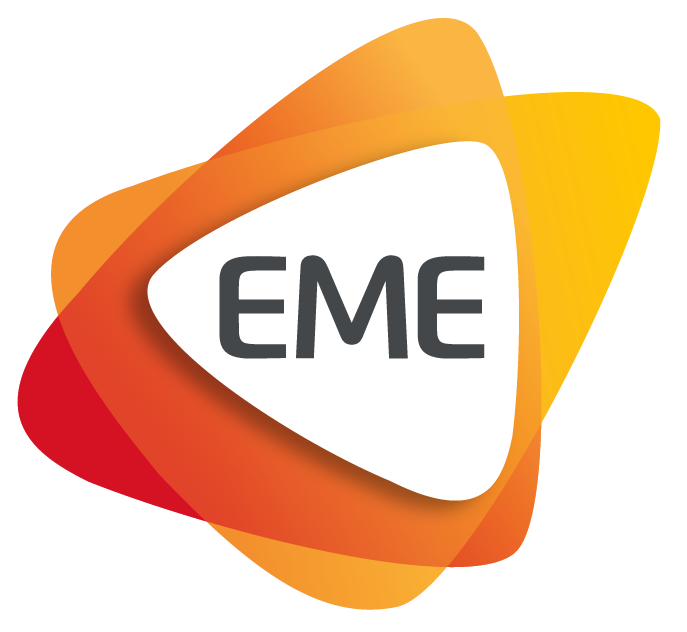[astra_breadcrumb]
Best practices
The elevator pitch – a method for recognising and presenting one’s skills
#tool #skillsrecognition #empowerment
The good practice in a nutshell
An elevator pitch is a short introduction speech (from 30 seconds to 3 minutes) for telling about oneself and one’s skills during, for example, a job interview. The pitch can be rehearsed in a group or by each person individually and also filmed. To get started, the participant can write a brief piece of text answering the questions below. After that, (s)he can start rehearsing the speech.
An elevator pitch typically answers these questions:
- Who are you?
- What is your educational background?
- What work experience do you have?
- Characterise yourself as an employee: what are your skills?
- Which of your skills would you like to utilise in this job?
- What are your career goals? What do you dream of?
- How would your friends, colleagues, or teachers characterise you?
Developer or user
Finnish Catch Up With Work project in 2017-2019.
Target group
Job-seeking immigrants and their mentors/tutors/trainers
Why it is needed
The tool makes it easier for job-seeking immigrants to recognise their skills and learn how to describe their skills in the official language of the country.
Resources
The method requires:
- a group and a mentor/tutor/trainer (but the method can also be used on one’s own)
- a mobile phone for filming
- a list of suggested questions that the speech answers
Expected outcomes
- Afterward, the participants are able to describe their skills, work experience, and education in the official language of the country.
- The participants learn vocabulary needed in applying for a job.
- The participants recognise their skills. This may enhance their self-confidence.
- If the elevator pitch is filmed, it can be attached to a job application.
‘Do’s and ‘don’t’s
- In the group, practise getting feedback from others together.
- As a tutor/mentor/trainer, explain the method very clearly and help the participants with the text.
- Be supportive, and do not criticise the videos.
Applicability
This tool can be used in every country, in either one-on-one or group guidance.
Quotes from the other project partners
‘The search for a job is not easy in the beginning. There is always a need to present yourself in the country’s official language for a job interview.’ (EVA bxl, Belgium)
